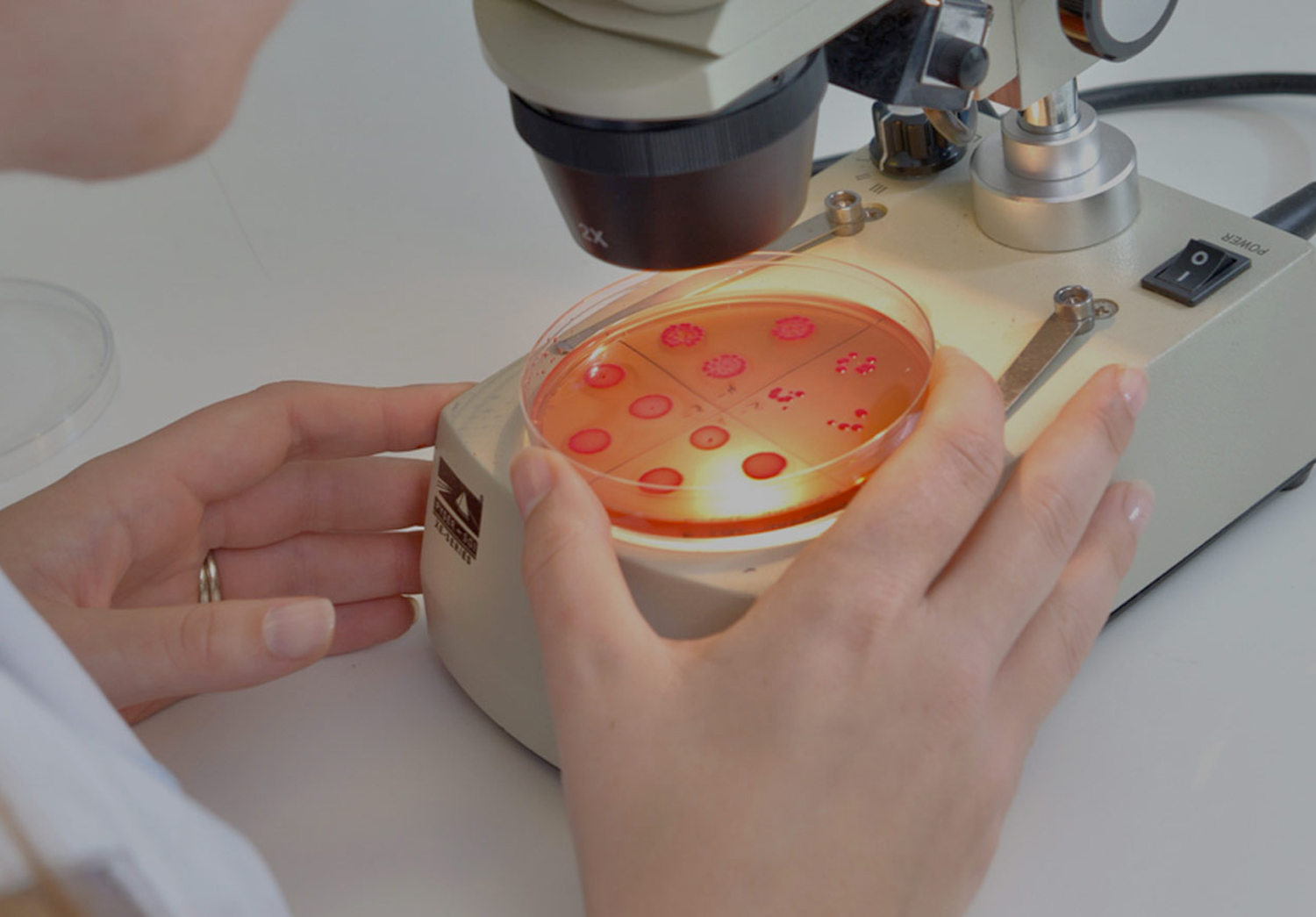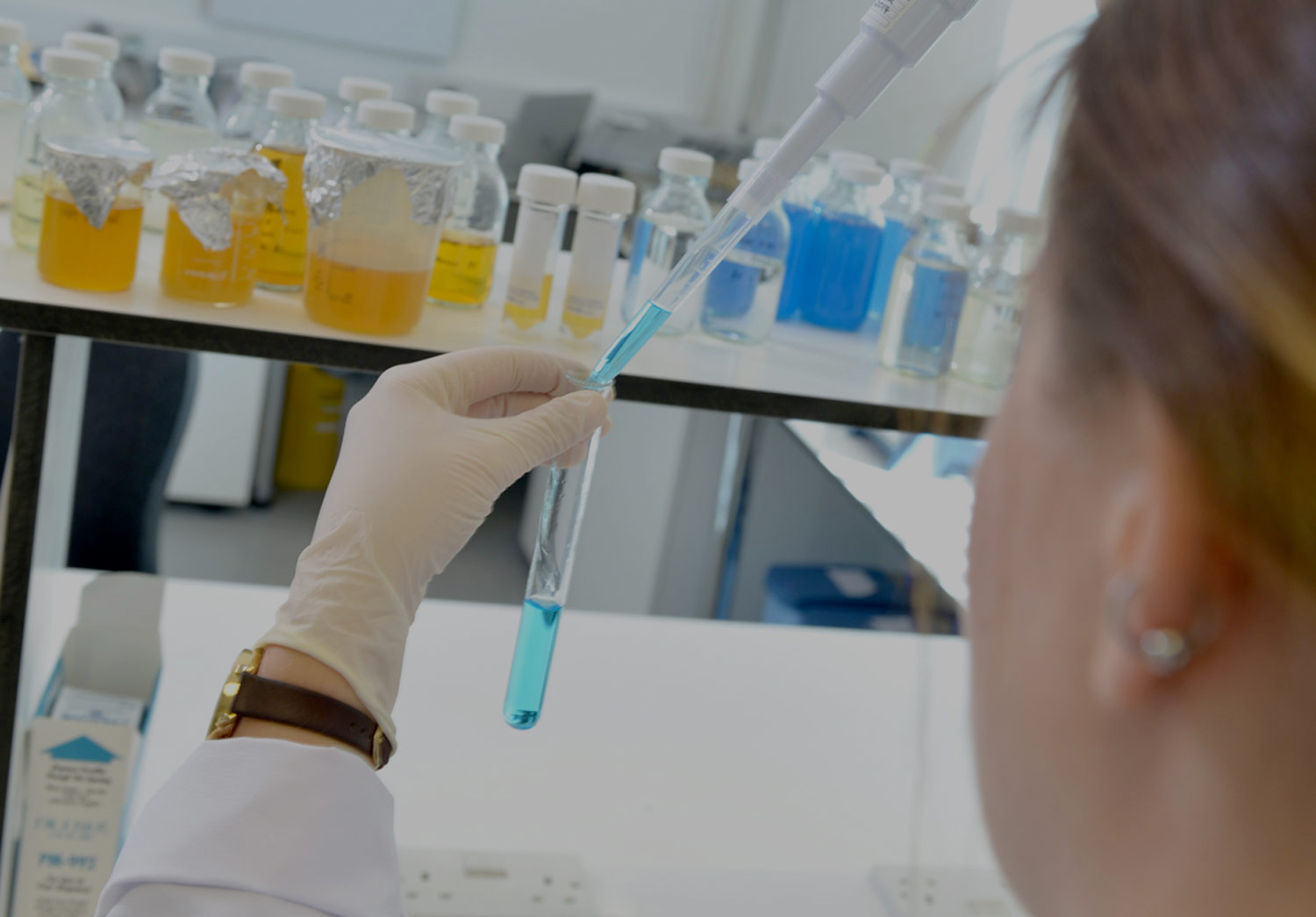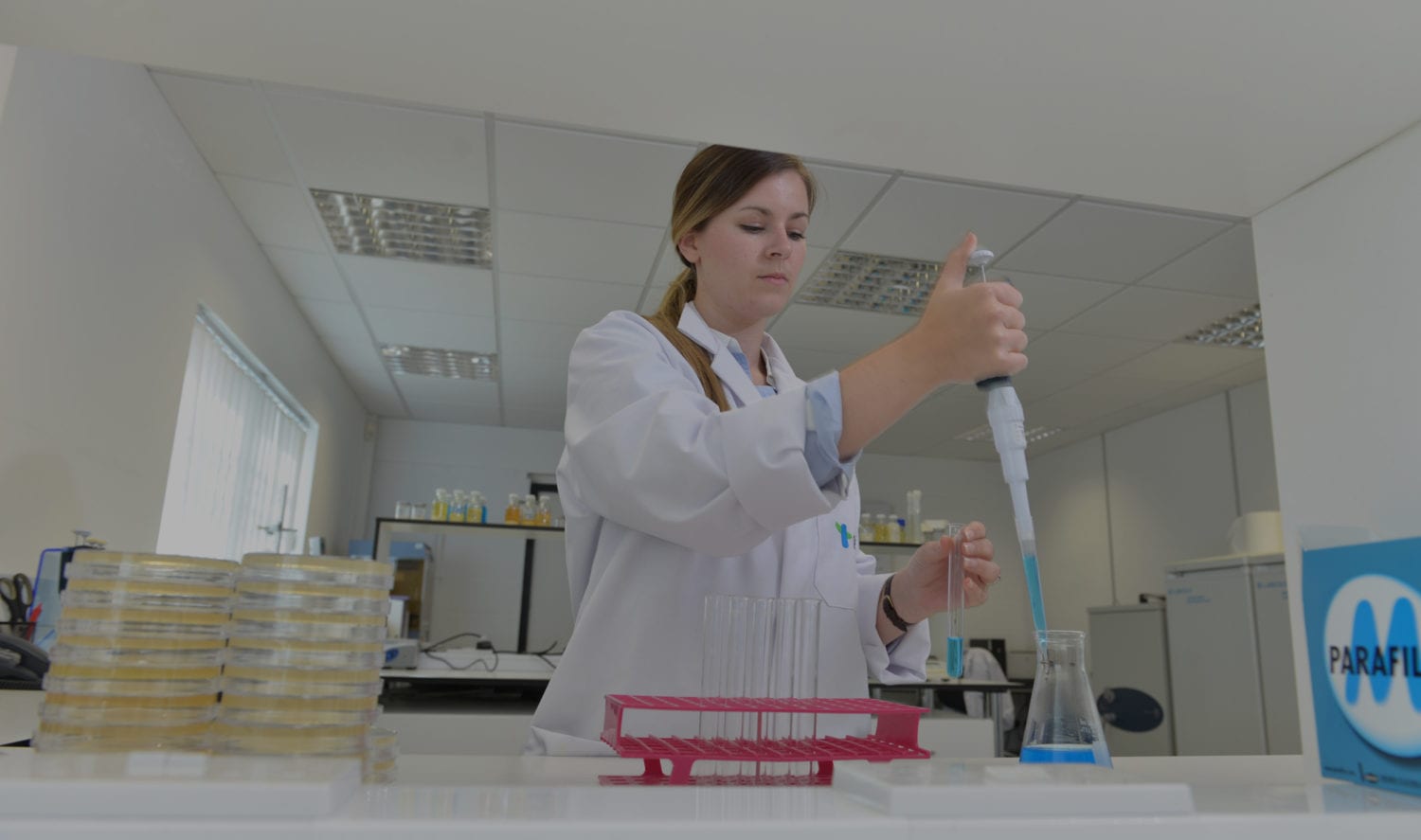Disinfectants. Found everywhere from a supermarket shelf to our own Genesis Biosciences laboratory – but how do we know they work?
We’re taking a look at the methods of disinfectant testing, and the claims made by companies who don’t always stick to the rules.
In the video below from Campden BRI, the various methods of disinfectant testing are broken down and explained.
As stated in the video, ‘Disinfectants should reduce levels of pathogens so that they do not cause disease.’ To achieve this, laboratories use specific methods of testing according to where and how the disinfectants will be used. Whatever they’re for, all disinfectant testing methods follow a 3 phase process.


Phase 1
Tests the formulation’s active ingredients individually by diluting them in sterile distilled water, and adding micro-organisms. The reduction in the number of microbes is then measured.


Phase 2
Tests disinfection formulations by simulating the kind of dirt the disinfectant will need to remove. In step 1 methods this is done in aqueous suspensions (a mixture of bacteria and water). Then in Step 2 methods the bacteria and the dirt – the ‘interfering substance’ – are dried on to stainless steel discs, and the disinfectant is tested to try and reduce bacterial numbers.


Phase 3
Validates the disinfectant in real life situations, called ‘field trials’, that typically take place over a few weeks and represent the real ‘in-use’ conditions. The number of micro-organisms present is determined before and after disinfection. The results can tell us whether this particular disinfectant formulation is effective or not in the end use application.
This process is an essential step in a disinfectant being created and eventually sold to end users. Unfortunately, not all products and companies adhere to this standard of testing. This means that there are disinfectant products out there (like some of the ones used in sanitary bins) that can’t possibly back up the claims they make.
Want to learn more? We list some of these misleading claims and why they’re dangerous to believe in our next blog post…
Read a few of our recent articles below:
- Why misleading disinfectant claims can harm you
- 9 things you didn’t know about feminine hygiene bins
- What are the risks of poor washroom hygiene?
- Staff Profile – Emma Saunders
Want news from Genesis Biosciences delivered straight to your inbox? Subscribe to our newsletter.



